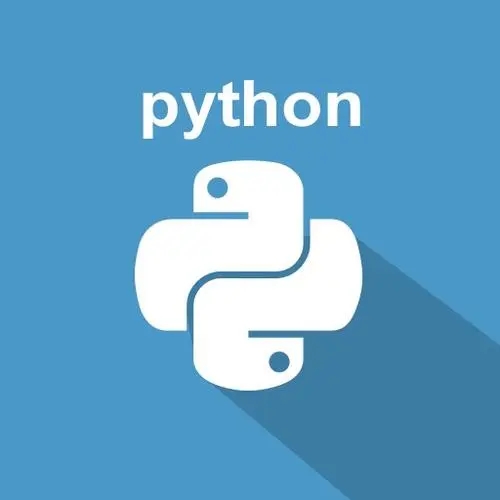本文实例讲述了python3.2中print函数用法。分享给大家供大家参考。具体分析如下:
1. 输出字符串
>>> strHello = 'Hello World' >>> print (strHello) Hello World
2. 格式化输出整数
支持参数格式化,与C语言的printf类似
>>> strHello = "the length of (%s) is %d" %('Hello World',len('Hello World'))
>>> print (strHello)
the length of (Hello World) is 11
3. 格式化输出16进制,十进制,八进制整数
立即学习“Python免费学习笔记(深入)”;
#%x --- hex 十六进制
#%d --- dec 十进制
#%o --- oct 八进制
>>> nHex = 0xFF
>>> print("nHex = %x,nDec = %d,nOct = %o" %(nHex,nHex,nHex))
nHex = ff,nDec = 255,nOct = 377
4.格式化输出浮点数(float)
import math
>>> print('PI=%f'%math.pi)
PI=3.141593
>>> print ("PI = %10.3f" % math.pi)
PI = 3.142
>>> print ("PI = %-10.3f" % math.pi)
PI = 3.142
>>> print ("PI = %06d" % int(math.pi))
PI = 000003
5. 格式化输出浮点数(float)
>>> precise = 3
>>> print ("%.3s " % ("python"))
pyt
>>> precise = 4
>>> print ("%.*s" % (4,"python"))
pyth
>>> print ("%10.3s " % ("python"))
pyt
6.输出列表(List)
输出列表
>>> lst = [1,2,3,4,'python'] >>> print (lst) [1, 2, 3, 4, 'python']
输出字典
>>> d = {1:'A',2:'B',3:'C',4:'D'}
>>> print(d)
{1: 'A', 2: 'B', 3: 'C', 4: 'D'}
7. 自动换行
print 会自动在行末加上回车,如果不需回车,只需在print语句的结尾添加一个逗号”,“,就可以改变它的行为。
>>> for i in range(0,6): print (i,) 0 1 2 3 4 5
或直接使用下面的函数进行输出:
>>> import sys
>>> sys.stdout.write('Hello World')
Hello World希望本文所述对大家的Python程序设计有所帮助。

python怎么学习?python怎么入门?python在哪学?python怎么学才快?不用担心,这里为大家提供了python速学教程(入门到精通),有需要的小伙伴保存下载就能学习啦!

Copyright 2014-2025 https://www.php.cn/ All Rights Reserved | php.cn | 湘ICP备2023035733号